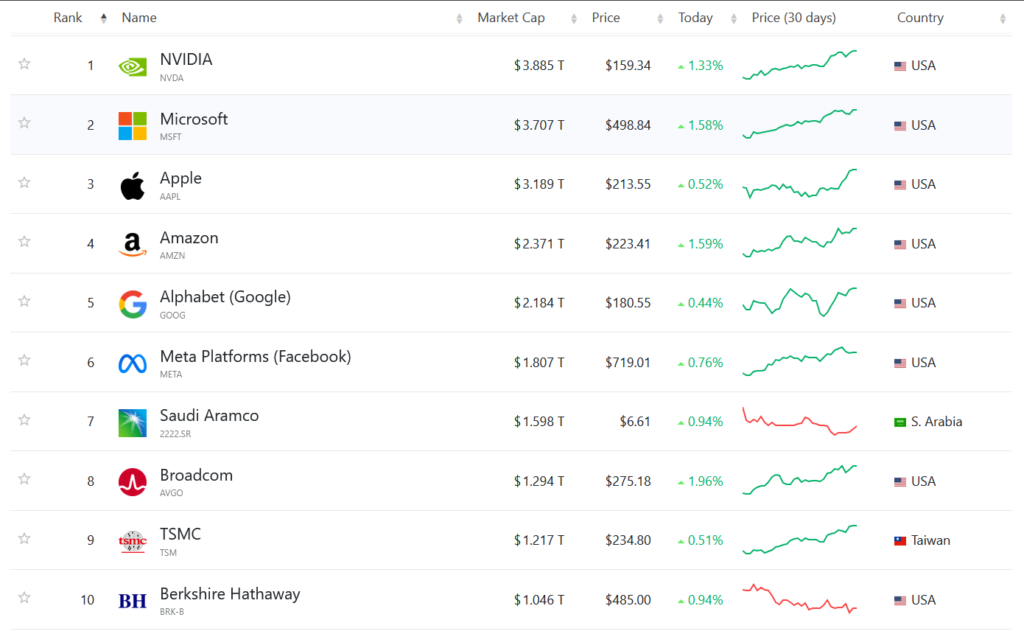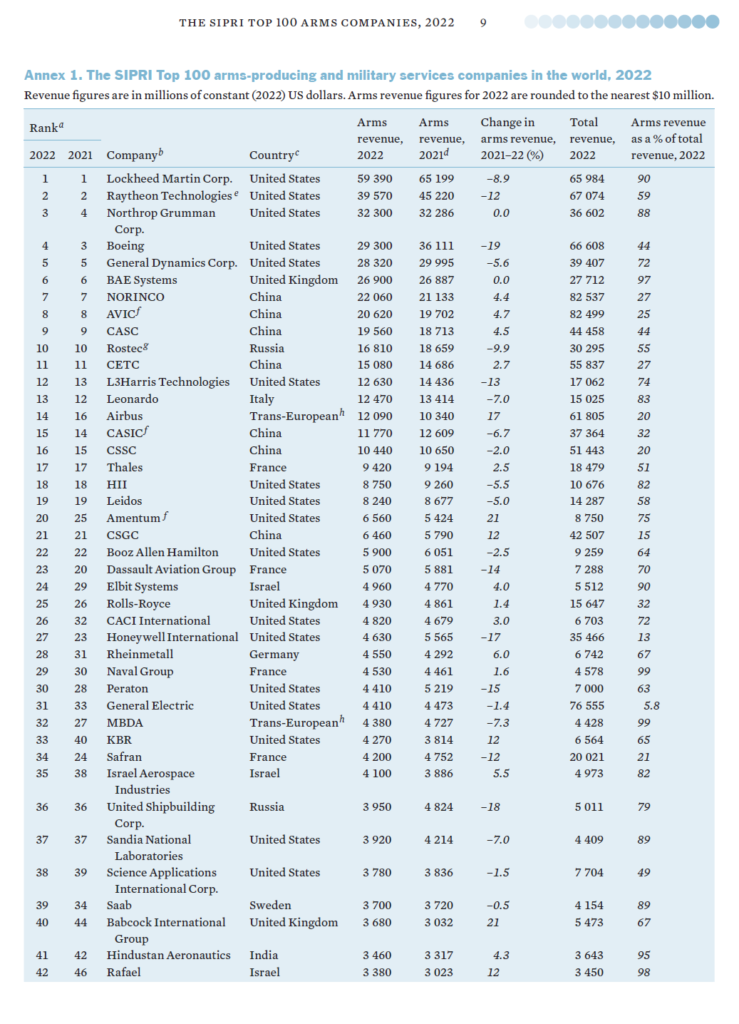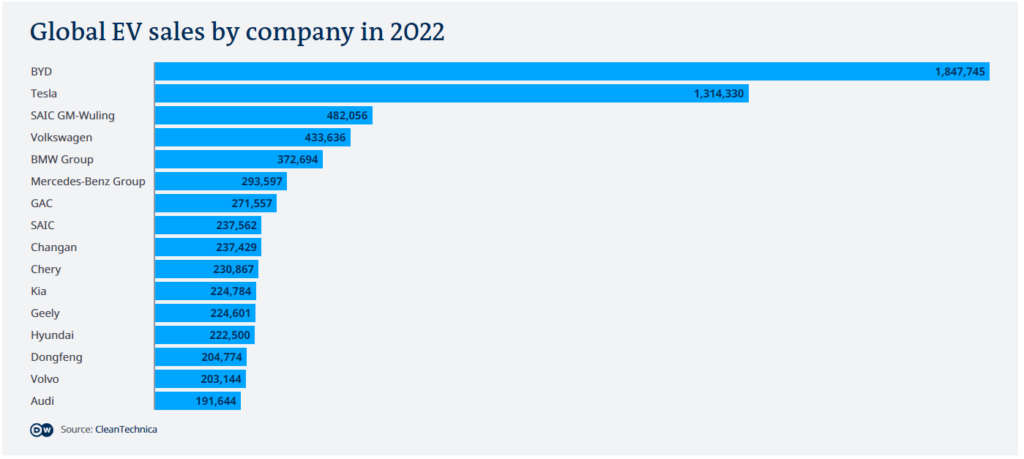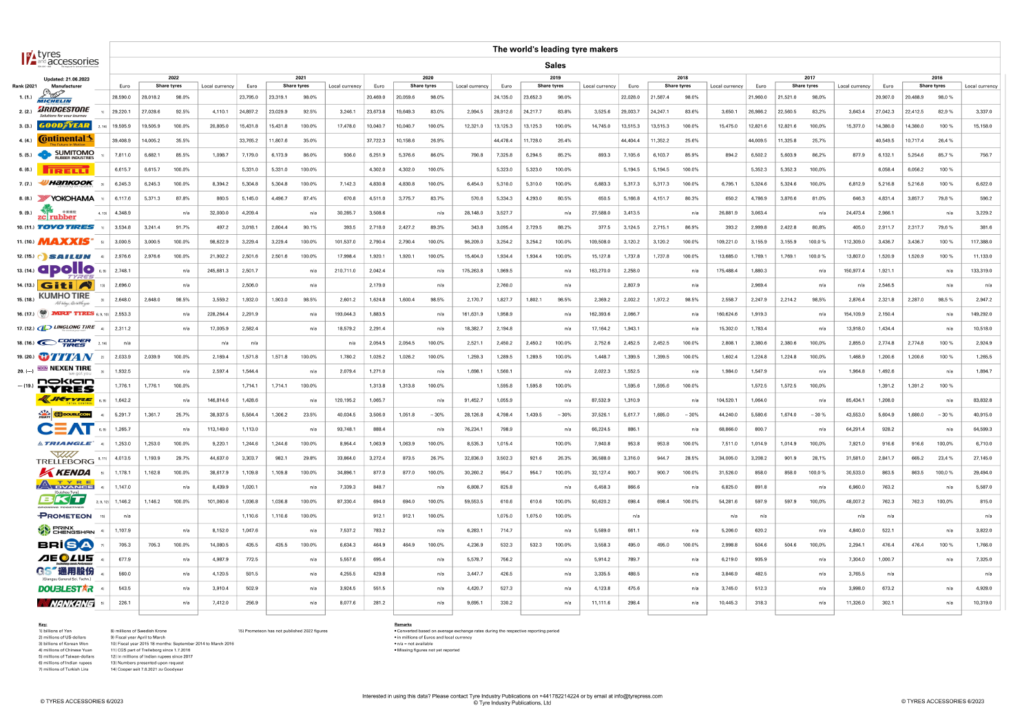Companies from developed countries are increasingly investing heavily in emerging markets to participate in the tremendous growth. The BRIC countries (Brazil, Russia, India and China) are the preferred destination for these companies.
Foreign Direct Investment (FDI) fell sharply last year to $1 Trillion from $1.7 Trillion in 2008(Source: UNCTAD). However the overall trend of FDI flow is still up in the last decade since FDI into many of the emerging countries peaked in 2008.
OECD Economist Javier Santiso mentioned in The rise of “euro-emerging†multinationals:
“China drew a comfortable $90 billion from foreign companies investing in the country’s factories and other productive assets in 2009. In December 2009 alone, China attracted more than $12 billion in FDI, up 103% from a year earlier. Some emerging countries like Peru even enjoyed a rise of 28%. Most of the emerging countries however saw a reduction of FDI – but from a peak in 2008. In Brazil, for example, FDI fell by half in 2009 but from a historical record in 2008 of $45 billion. In Colombia, the fall has been less pronounced (-15% in 2009) but also from a peak in 2008. In India, according to the national estimates, FDI in the year to March 2010 would be about $18 billion, from a peak of $27 billion in the year 2008/2009.”
Some investors prefer to invest directly in emerging market companies. However this comes with high risk. For example, during the credit crisis in 2008 the markets in BRIC fell more than those in developed countries. Except Brazil, the other three countries fell more than 50%. Compared to this, markets in the UK, Canada, USA, Germany, etc. were all down less than 50%. In 2009, when the global markets rebounded the BRIC countries rose sharply then the developed markets. Despite this performance, some investors prefer to invest in emerging markets via developed market companies that have high exposure to those markets. This is a simple but effective strategy to profit from the growth of developing countries.
The number of people in the middle class category in BRIC countries is growing. An estimated two billion people could join the global middle class by 203o, mainly from India and China according to a Goldman Sachs report. In addition to the rising middle class and growing incomes, infrastructure demand is also expected to rise over the next decade. Hence companies that are well positioned to cater to the needs of the emerging markets will profit nicely.
Which companies from the Developed Countries have high exposure to BRICs?
Goldman Sachs has identified 50 companies (‘BRICs Nifty 50’) that have excellent potential to benefit from growth in the BRIC countries.
The BRIC ‘Nifty 50’ Developed Market companies are listed in the table below:
[TABLE=400]
Source: Global Portfolio Strategy, The BRICs Nifty 50: The EM & DM winners
Goldman Sachs
Investors may also want to check out some of the multinationals mentioned in Javier Santiso’s article. The ‘Euro-emerging’ companies with large exposure to emerging markets are:
- Renault, Schneider Electric, Lafarge(LR) and Rhodia (RHA) of France
- MAN, Volkswagen (OTC: VLKAY) of Germany
- Philips (PHG) of The Netherlands
- Arcelor Mittal(MT) of Luxembourg
- Tullow Oil (OTC: TUWOY), Kazakhmys, Cairn Energy of the UK
- Telenor of Norway
- Banco Santander(STD), Inditex, Iberdrola (OTC: IBDRY), Endesa (ELE), Gas Natural, Telefonica(TEF) of Spain




Bit late for a reply, but I think Unilever’s exposure is closer to 50%. And where is Nestle? MacDonalds? The list is also rather backward looking, in that it doesn’t take into account current aggressive inroads being made into emerging markets by companies like Abbott Labs (ABT), GlaxoSmithCline (GSK), and Canada’s Bank of Nova Scotia (BNS). Still, this is the approach that I am taking: developed market dividend aristocrats raking in the cash from BRIC and others.
Jay
Yes.I agree with the points you make. Unilever, nestle, MCD all have excellent exposure to emerging markets. Yes this article is a bit backward looking. In addition to GSK, ABT and BNS there are lots of companies that are making aggressive moves into EM now. Glad to know that you also this approach to investing in EM.
Thanks for your comment.